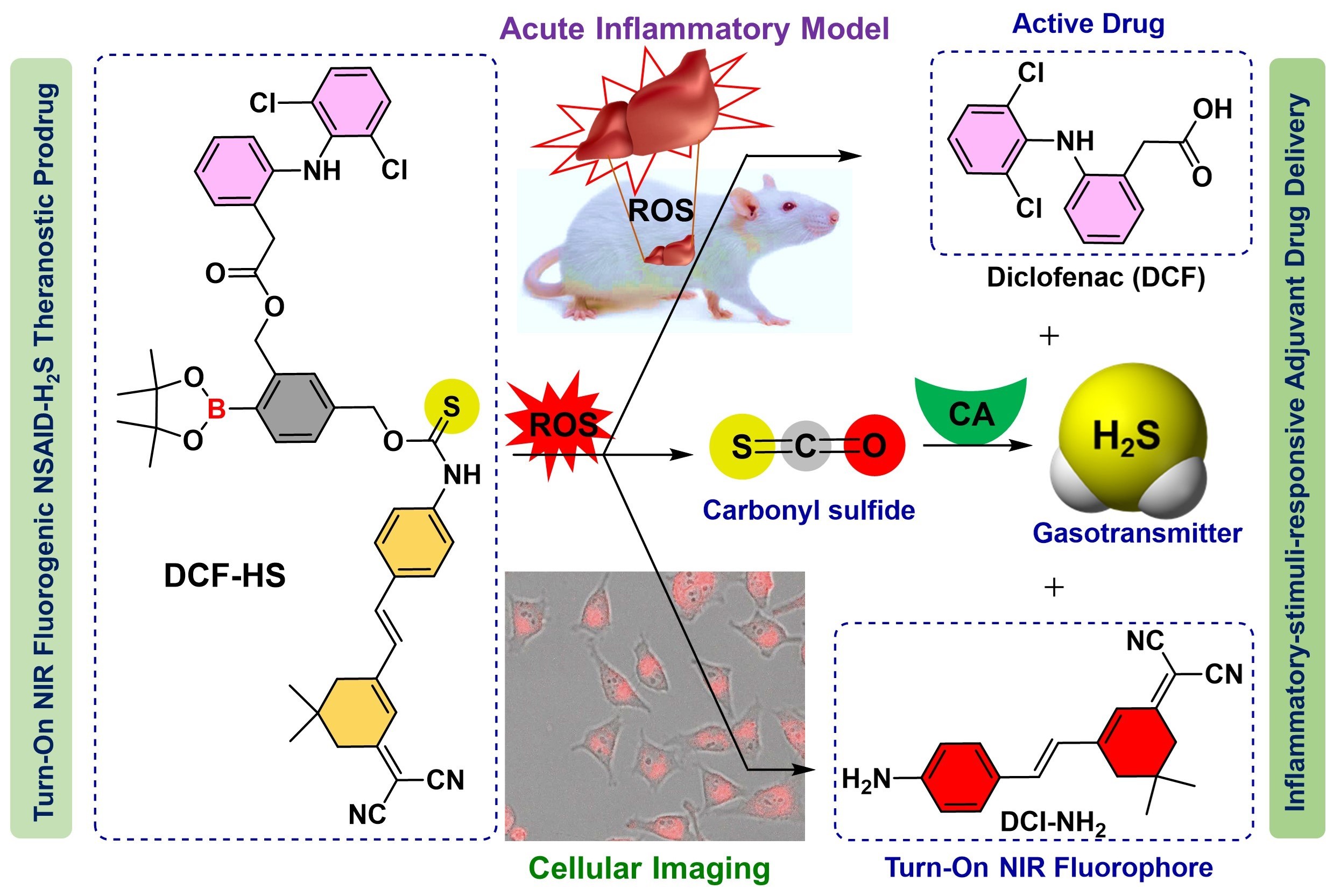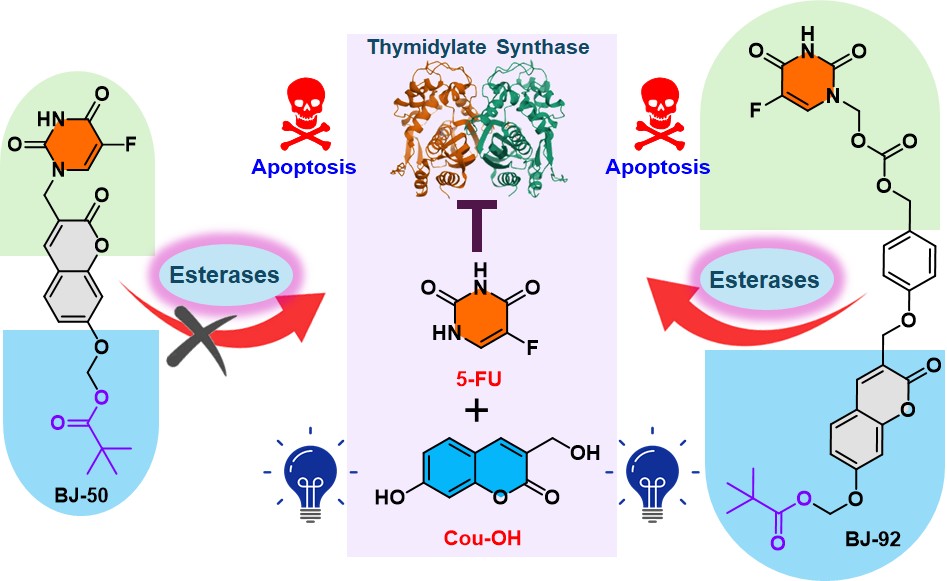Bioorganic Chemistry Research Laboratory @ IITG
Bioorganic Chemistry Research Laboratory @ IITG
Bioorganic Chemistry Research Laboratory @ IITG
Bioorganic Chemistry Research Laboratory @ IITG
Ongoing Research Projects
Development of Potential Cancer Chemopreventive Agents
It is well-known that majority of anti-cancer/chemotherapeutic drugs that are used for the treatment of cancer induce many unwanted side-effects leading to undesired disease states. Furthermore, it has been well-documented that prolonged administration of most of the anti-cancer drugs in high-doses generate reactive oxygen species (ROS) and reactive nitrogen species (RNS) resulting in inflammatory states. Few antioxidants namely some vitamins, synthetic organochalcogen compounds are shown to have protective effects towards the anti-cancer drug-induced side-effects (chemopreventive action). Therefore, our objective is to develop potent synthetic antioxidant to understand the underlying structural and mechanistic insights into chemopreventive action towards the anti-cancer activities of commonly used drugs.
Organochalcogenocyanates as apoptotic compounds
Synthetic Strategies to Non-fluorogenic Symmetrical Trisulfides
Some organosulfur compounds present in Garlic
Apoptotic Organochalcogen Compounds
Organic polysulfides have attracted significant research interest during past years because of their interesting biophysical properties and potentials for synthetic and biological utilities. Along with around 30 sulfur compounds, allyl sulfides such as diallyl monosulfide (DAS), diallyl disulfide (DADS) and diallyl trisulfide (DATS) are characteristic flavour components of garlic (Allium sativum) as shown in below. Garlic is widely served around the world and it has been reported that allyl sulfides present in garlic, inhibit both the initiation and promotion of tumorigenesis in experimental carcinogenesis models for various types of cancer. While DAS and DADS were found to be almost inactive, the corresponding trisulfide analogue DATS has been shown to induce apoptosis. Therefore, studies are in progress to understand the molecular mechanism underlying the apoptotic properties of organosulfur compounds in the presence of fluorescently-labeled dyes.
Disulfide and diselenide analogues and their anti-proliferative activities
Fluorogenic and Self-immolative Organotrisulfide-based Donors of Hydrogen Sulfide
Stimuli-responsive Targeted Delivery of Anticancer and Anti-inflammatory Drugs with Turn-on Fluorescence
Although numerous chemotherapeutic and anti-inflammatory drugs are marketed presently, many of them are associated with significant side-effects and toxicities. These issues arise mainly due to non-targeted delivery of such compounds in general. Therefore, we took the initiative to develop suitable prodrugs to selectively deliver anticancer and anti-inflammatory drugs to the cancerous cells or the inflammatory sites with turn-on fluorescence with reduced off-target side-effects. The targeted delivery of the drugs would be achieved by the selective activation of the prodrugs in the targeted tissue environment in the presence of an elevated level of the specific stimulus. Moreover, the turn-on fluorogenic event would help non-invasive monitoring the drug delivery process in the real-time. Therefore, our recent research goals are oriented towards the development of suitable stimuli-responsive prodrugs of anticancer and anti-inflammatory drugs.
Peroxide-responsive Boronate ester-coupled Turn-on Fluorogenic Probes
Esterase-responsive prodrugs of 5-Fluorouracil.
ROS-responsive prodrug for the delivery of Diclofenac and H2S























